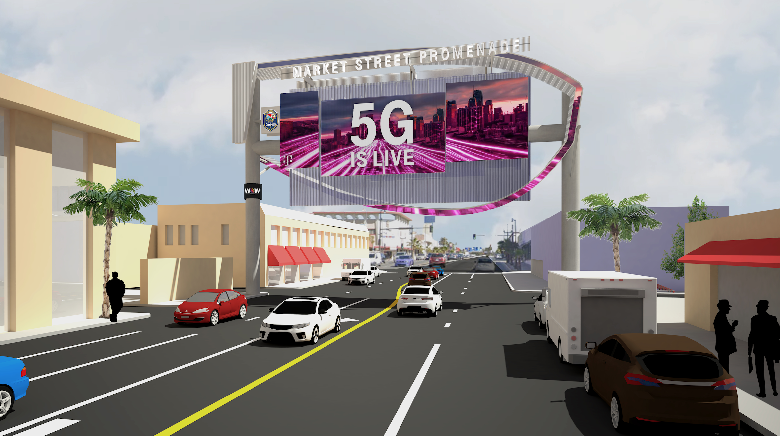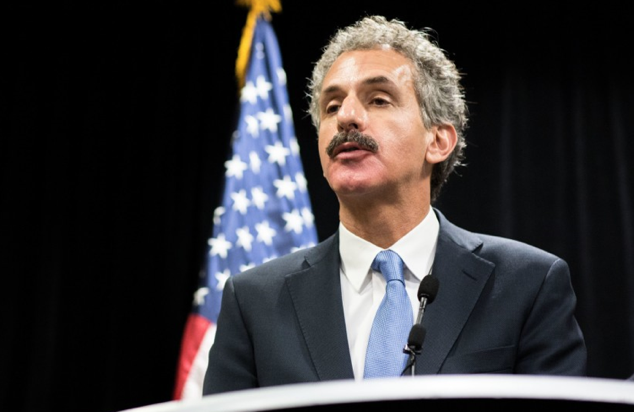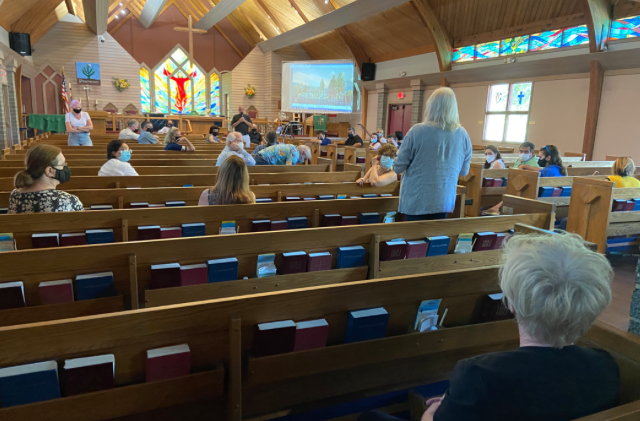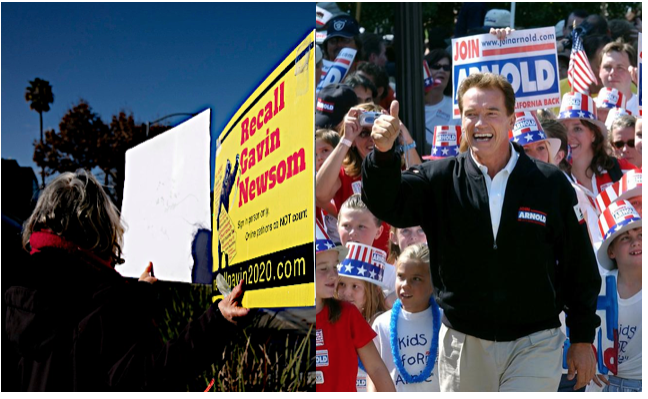Victory in Glendale Stops a Gas Plant at Scholl Canyon
GLENDALE ENVIRONMENT - A seven-year fight by East Area Progressive Democrats (EAPD) and community groups stopped Glendale from turning Scholl Canyon into a larger trash dump with a giant gas plant.


























